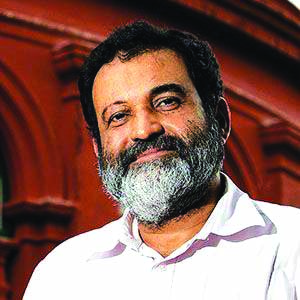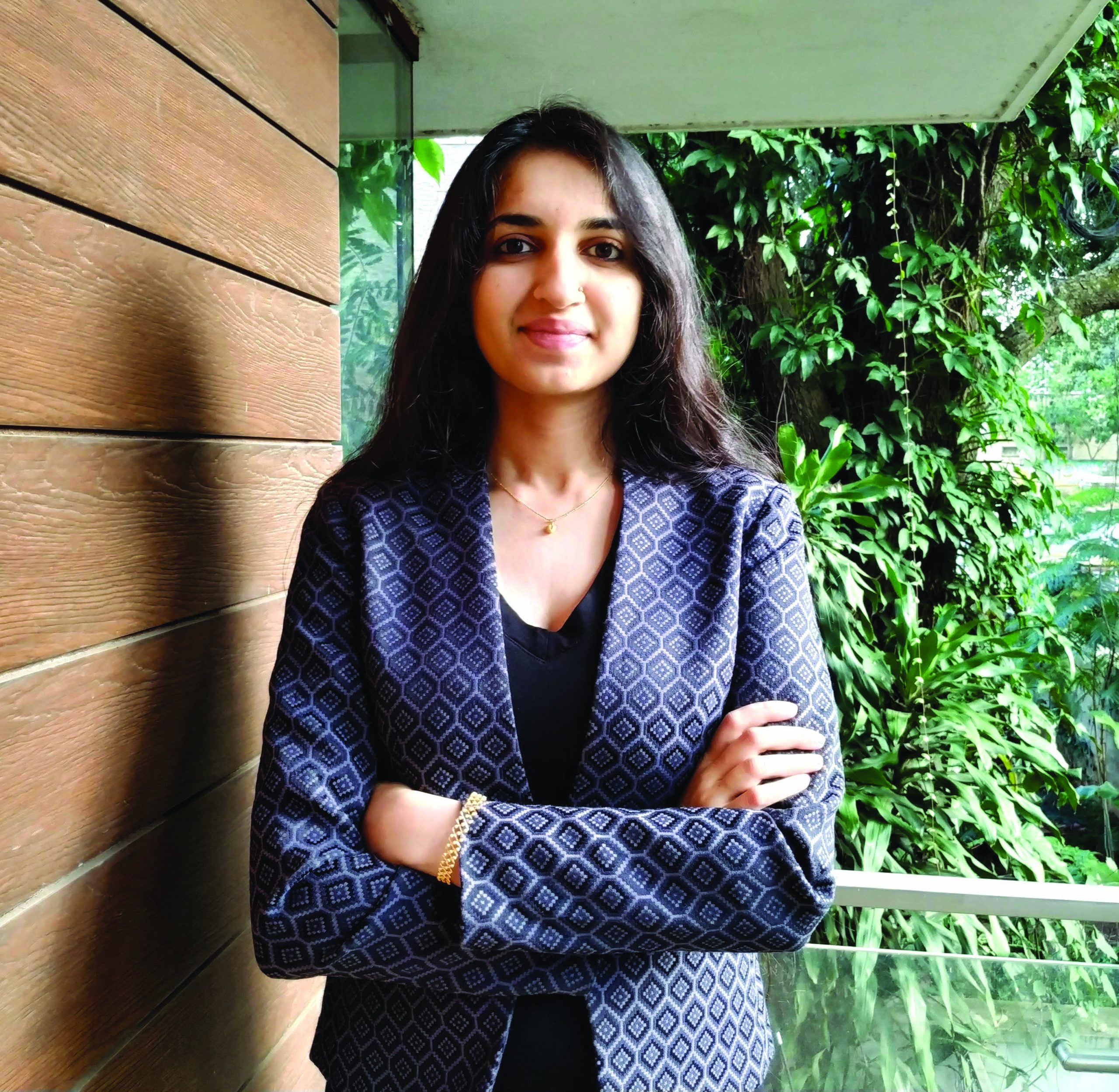The new knowledge economy is driven by information, data and computing power. Developing human resources requires critical analysis, lateral thinking and inter-disciplinary applications, writes Mohandas Pai and Nisha Holla

Mohandas Pai
Today information is available at our fingertips. The agricultural and industrial economies of yore where information was a scarce resource, have been replaced by a new knowledge economy, driven by abundant information, data, and computing power. The prerequisites of developing human resources in this new economy are critical analysis, lateral thinking, and interdisciplinary application skills. Schools must enable these differentiators by nurturing curiosity, inculcating problem-solving mindsets and developing inter-sectoral toolkits. Regimented learning curricula focused on rote memorisation, and exam-based learning outcomes are obsolete in the global new knowledge economy. Schools of the future must unlock exploration and experimentation.

Nisha Holla
Contrary to popular opinion, India is faring well in the new knowledge economy. While the sheer size of India’s 1.38 billion population makes it difficult for everyone to participate in the new paradigm, there is steady progress. Driven by boom in ICT (information communication technologies) — India has the world’s largest pool of engineers, extensive community of researchers and one of the world’s largest higher education systems — and empowered by mobile phones and Internet proliferation, India’s digital inclusion programs have been a resounding success.
Mobile phone users now number 1 billion and Internet subscribers 750 million. The average Indian consumes 15-16 GB per month and digital learning platforms are in the vanguard of this trend unlocking new interactive English and vernacular languages learning models. A conscious move away from regimented learning towards open exploration will allow the country to reap force-multiplier outcomes in developing its abundant human capital.
India’s schooling system is defined by rigid structures with low flexibility to innovate and respond to contemporary challenges. The significant shift to private sector education at all levels of learning demonstrates this. However, private schools, too, are plagued by flexibility problems because of regimented curricula. Learning capabilities are not encouraged as much as exam-based outcomes, leading to inadequate readiness for the future. Moreover there is a gap between what skills students learn and what they need to learn. Government, Centre and states combined, continue to spend Rs.5-6 lakh crore annually on education despite unsatisfactory learning outcomes.
Against this backdrop, the National Education Policy (NEP) 2020, launched 34 years after NEP 1986, provides a revolutionary blueprint to undertake the challenging task of re-engineering India’s schools.
Salient features of NEP 2020 include a new curricular and pedagogical framework that changes the schooling continuum from 10+2 to 5+3+3+4 incorporating early childhood education and allowing greater flexibility for age-based open exploration and customization, rather than a one-size-fits-all system. It prescribes greater integration of extra-curriculars, arts, sports and academics in the cause of all-roundedness. Sustainable vocational training is also prescribed to build large, highly specialised workforces, as in Germany, Japan and South Korea. Reduction of unwarrantedly complex curricula to core and foundational concepts emphasises first principles-based learning.
NEP 2020 also explores concepts such as Special Education Zones and a Foundational Literacy and Numeracy Mission to teach computational thinking and technology-oriented learning. It adds that to drive these changes the system at all levels must implement an overhaul of teacher education and training simultaneously. India-focused suggestions include a national repository of high-quality resources and greater integration of vernacular and sign languages to accelerate inclusion.
Schools of the future should follow the recommendations of NEP 2020. It suggests a multidisciplinary architecture to drive India’s human capital development in the new knowledge economy. And because technology is the driving force of the new knowledge economy, it needs to be integrated into the schooling system. Online platforms and digital repositories, piggybacking on mobile phones and Internet proliferation will open new avenues to education-for-all. It is a must-have, no longer a nice-to-have.
Indeed the new architecture proposed by NEP 2020 is critical for India to achieve the United Nations’ Sustainable Development Goal 4 (SDG4) on education. Within SDG4, targets include universal primary and secondary education, equal access to technical, vocational and higher education, universal youth and adult literacy, effective learning environments and increasing the supply of qualified teachers. NEP 2020 addresses all these issues.
Reform of India’s rapidly obsolescing system requires a multi-stakeholder effort. All stakeholders need to align with the vision and implement the reforms proposed by NEP 2020. India’s population growth rate is trending downward and the last of the youth bulge will enter college in the next 10-15 years. Accordingly, reform of the schooling system must happen rapidly to allow for the youth bulge to take advantage of the new architecture and develop skill-sets that can transform Indian society into a future-ready nation.
T.V. Mohandas Pai is a well-known public intellectual. Nisha Holla is a technology fellow at C-CAMP)
Also read: Higher educational institutions must equip youth with 21st-century skills: VP























